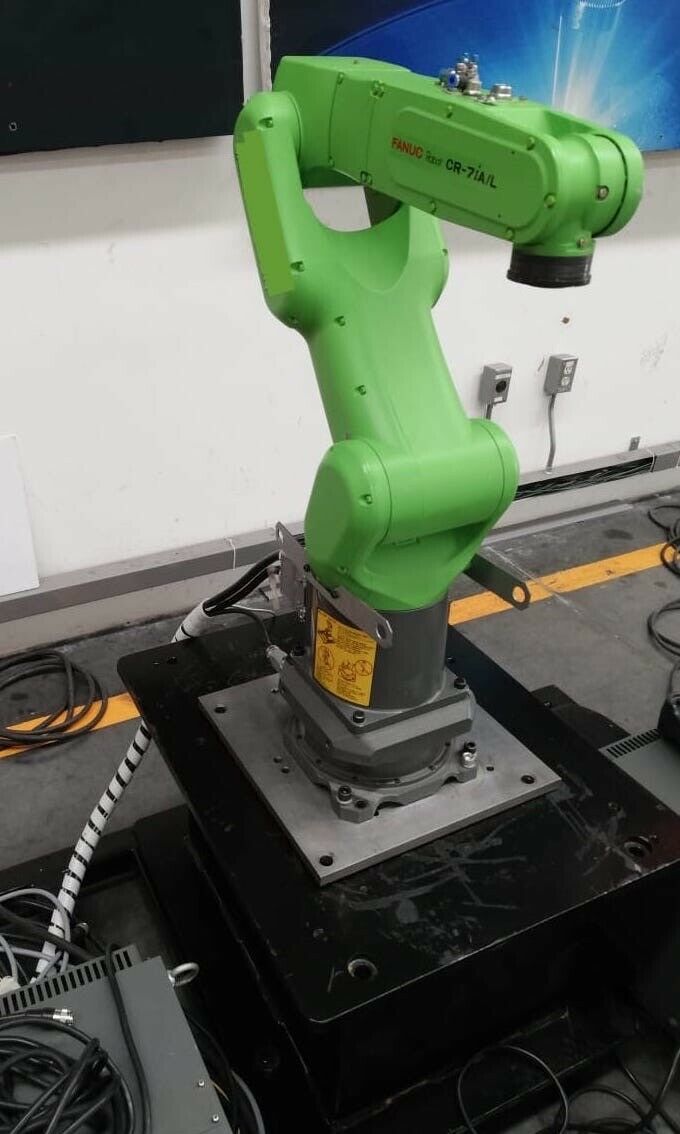Collaborative robots have revolutionized manufacturing with their barrier-free operation, intuitive programming, and affordability. More manufacturers have been able to automate their productions thanks to the development of collaborative robots. However, just like traditional industrial robots, collaborative robots do not come maintenance free. They require scheduled downtime in order to maintain their optimal performance levels and for users to get the most value from them.
The best way to maintain a collaborative robot is through preventative maintenance. Preventative maintenance involves performing certain tasks and system checks at predetermined intervals. These intervals may be based off of calendar time or the operation hours of the collaborative robot. Most top robotic manufacturers recommend preventative maintenance intervals for their articulated robots. You should start by checking with the manufacturer of your collaborative robot to see what they recommend for preventative maintenance scheduling. The maintenance schedule for the FANUC Cr-15ia will not be the same as the Universal UR10.
Why is Preventative Maintenance Important?
Preventative maintenance should not be ignored or put off as it can prevent problems from occurring with your collaborative robot. Since collaborative robots operate without fencing it is particularly important to prevent any malfunctions that can cause safety issues for workers. During maintenance the operation and components of a collaborative robot are evaluated to ensure proper operation. Potential safety concerns can be addressed before any worker accidents or injuries occur.Robotic preventative maintenance can reduce the chance of your collaborative robot unexpectedly breaking down and needing costly repairs. Components are evaluated for wear and tear and can be replaced before turning into a major issue, saving downtime. Keeping up with regular maintenance improves the uptime of collaborative robots. Regular maintenance ensures collaborative robots stay in good condition allowing them to remain in production by reducing the risk of breakdowns.
Failing to properly maintain your collaborative robot can cause position deviation and inconsistent operation. While your collaborative robot may still be operational its accuracy and repeatability will decline resulting in potential errors and poor quality. Preventative maintenance keeps your cobot operating at optimal levels ensuring high quality yields.
Lastly, preventative maintenance will preserve the lifespan of your collaborative robot. Properly maintaining the KUKA lbr iiwa 14-R820 ensures it will remain operational for several years allowing users to get the most value form it. A well-maintained cobot also ensures you will get the highest resale value should you no longer need it or want to upgrade your robotic system.
Preventative Maintenance Tasks for Collaborative Robots
It is important to check with your cobot manufacturer for their recommended maintenance tasks. Common maintenance tasks for collaborative robots include:- • Daily Checks - Before operating your collaborative robot each day a visual check should be performed. Scan the cobot for any damage including its parts.
- • Clean Optics and Sensors - Optics and sensors help cobots accurately and safely operate. They should be routinely cleared of any dust or debris.
- • Check Airflow - Cooling fans should be cleaned every few months to prevent the cobot’s controller from overheating. It is important to ensure controller airflow is not disrupted.
- • Inspect Cables and Bolts - Cables should be inspected for wear or any kinks. Bolts should be checked for loose fittings and tightened.
- • Monitor for Odd Noises or Vibrations - When your collaborative robot is running preform audio checks to ensure there is no excessive noise or vibrations.
